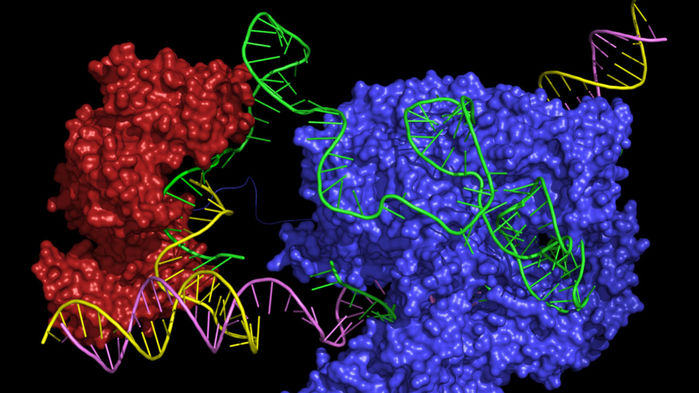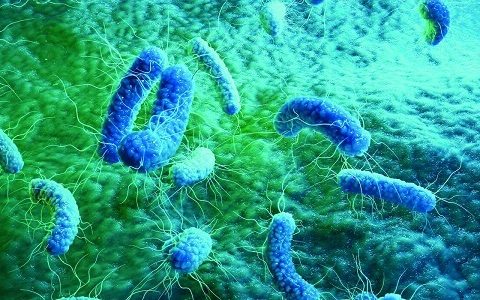New ‘prime’ genome editor could surpass CRISPR

CRISPR, an extraordinarily powerful genome-editing tool invented in 2012, can still be clumsy. It sometimes changes genes it shouldn’t, and it edits by hacking through both strands of DNA’s double helix, leaving the cell to clean up the mess—shortcomings that limit its use in basic research and agriculture and pose safety risks in medicine. But a new entrant in the race to refine CRISPR promises to steer around some of its biggest faults. “It’s a huge step in the right direction,” chemist George Church, a CRISPR pioneer at Harvard University, says about the work.
This newfangled CRISPR, dubbed “prime editing,” could make it possible to insert or delete specific sequences at genome targets with less collateral damage. “Prime editors offer more targeting flexibility and greater editing precision,” says David Liu, a chemist at the Broad Institute in Cambridge, Massachusetts, whose lab led the new study and earlier invented a popular CRISPR refinement called base editing.
Liu, his postdoc Andrew Anzalone, and co-workers tested variations of their prime editors on several human and mouse cells, performing more than 175 different edits. As a proof of principle, they created and then corrected the mutations that cause sickle cell anemia and Tay-Sachs disease, DNA aberrations that previous genome-editing systems either could not fix or only did so inefficiently. The edits occurred in a high percentage of cells and caused relatively few off-target changes. In its paper, the team claims the technology “in principle can correct about 89% of known pathogenic human genetic variants.”
Most CRISPR systems rely on a molecular complex that couples a guide RNA—which homes in on a specific location in the genome—with an enzyme, Cas9, that cuts both strands of DNA. During the cell’s efforts to reconnect the DNA, its repair machinery can introduce or delete nucleotides. Researchers can take advantage of the botched repair to knock out genes that, say, cause a disease. They can also hijack the inefficient repair process to add DNA—even an entire gene.
Prime editing steers around shortcomings of both techniques by heavily modifying the Cas9 protein and the guide RNA. The altered Cas9 only “nicks” a single strand of the double helix, instead of cutting both. The new guide, called a pegRNA, contains an RNA template for a new DNA sequence, to be added to the genome at the target location. That requires a second protein, attached to Cas9: a reverse transcriptase enzyme, which can make a new DNA strand from the RNA template and insert it at the nicked site.

A new way to modify DNA, “prime editor” couples two enzymes, Cas9 (blue) and reverse transcriptase (red), to a guide RNA (green) that takes the complex to a specific place on DNA’s double helix (yellow and purple) and also holds the code for an insertion of new DNA at that spot
Original published by Science with slightly modification




